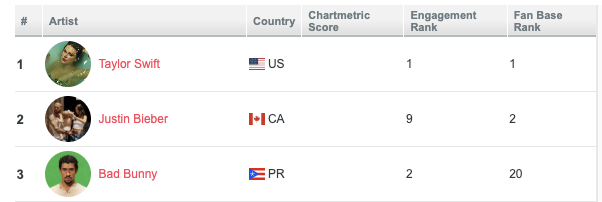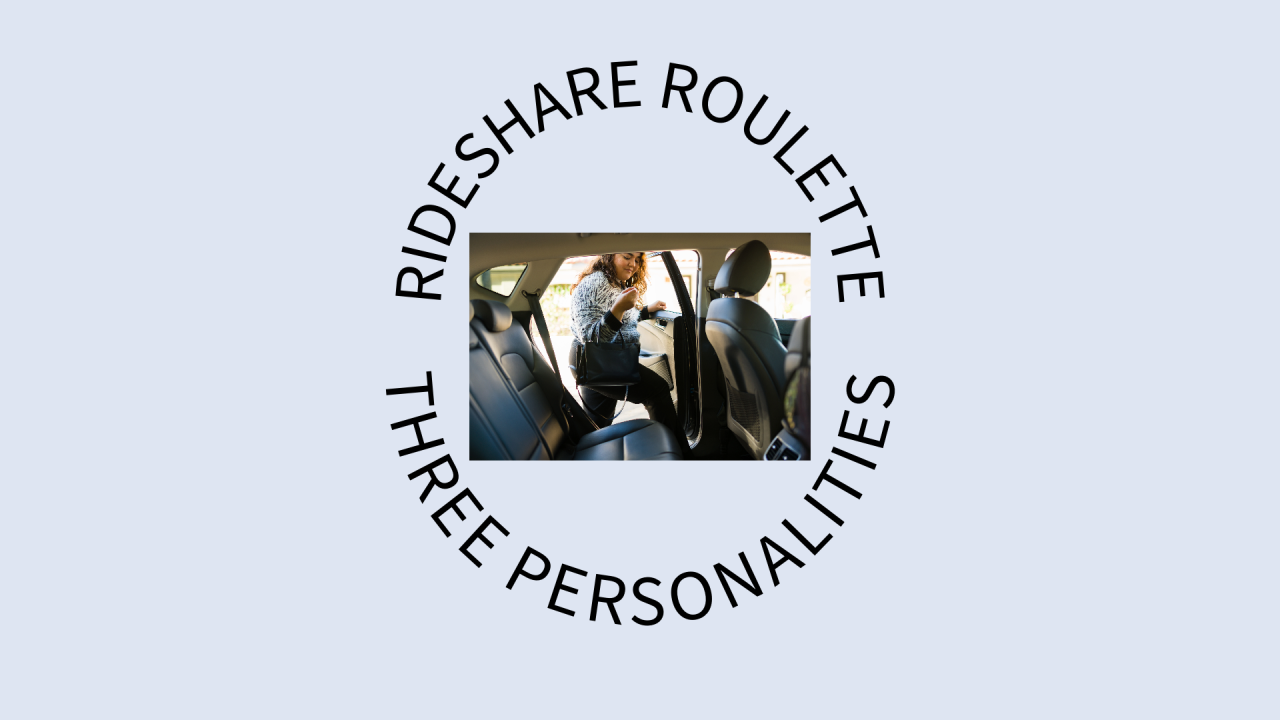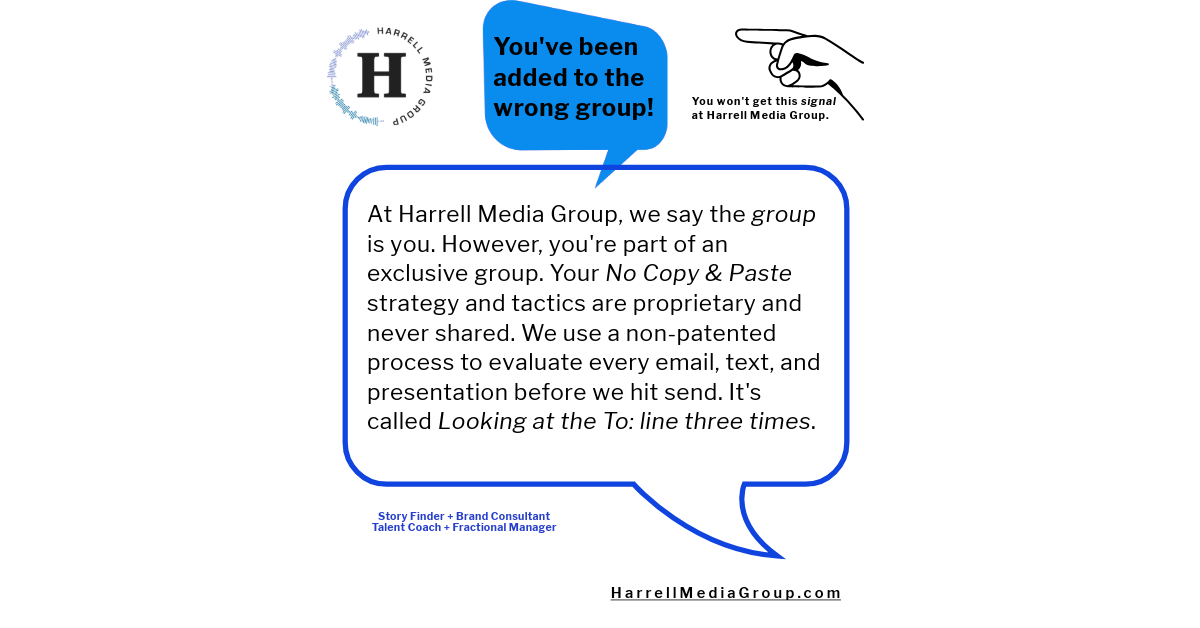Rideshare and college class focus groups reminded me discovery still happens in real time, and why repetition is a broadcaster’s best friend.
Taylor Swift’s new album dropped Friday, October 3rd at midnight. I didn’t think about it until I noticed a story 18 hours later on Inside Radio about the daily radio reaction to The Life of a Showgirl.
The news story prompted a quick social media post from me about the need to remember the “normal” people who weren’t listening to the radio or taking advantage of instant digital listening opportunities.

Time to find a story
It was Friday night. I needed a break, and I turned to one of my StoryFinder methods. Rideshare. The first ride was four Gen Z’ers going to a Lumineers concert in Nashville. I knew their generation because they told me they were 22 during the conversation.
Clients from that generation generally have a conversation in the car as if the driver isn’t there. No filters or recognition. This group included me in the conversation when they realized two miles into the trip that one of them had left a medical device at her apartment.
There was a moment of panic from them, and I said, “No worries. We’ll go back.” Now I was a problem-solver for them, and they brought me into the conversation for the remainder of the ride.
The music on my radio was another reason they brought me into the conversation. We’ll return to the ride in a moment, but let me set the scene. When I realized I was late to the Life of a Showgirl listening party, I turned on the SiriusXM Taylor Swift Channel 13, expecting to hear the new album in constant rotation on the day of its release.
Radio is “what’s playing right now,” as I’ve said many times, most recently in this ByLines blog. That’s what I experienced for seven minutes in my car on the way to pick up my first client of the evening. The station was playing Taylor songs from other albums, not the new Showgirl LP that apparently everyone had heard except me.
I bounced around the dial, including the SiriusXM Top 40-type channels and local Nashville contemporary stations, hoping to find someone playing her new music. Yes, I could’ve accessed it on my Spotify account, but I wanted to see how long it would take to find her new music in the one-to-many broadcasting experience.
“Hey, it’s Tay!”
Back to the Gen Z’ers. After we returned to the apartment to get the medical device, someone noticed the constant Taylor Swift music and said, “Hey, it’s Tay!” It gave me the conversation entry point I wanted. “Have you heard her new album today?” I asked.
The response surprised me. Three of the women spent the day traveling to attend the Lumineers concert with their friend. I got three “no” responses from the audience. One comment made us all laugh. “We have jobs now.”
One of the quartet heard a few of the songs, but not the whole album. This was the moment the ride felt like a screenplay. Taylor’s channel started playing the new album at the top of the hour.
“Can I turn it up?” asked the passenger in the front seat. This repetitive scene has become one of my favorite rideshare moments. The volume increases to change the mood, but the conversations continue, and they talk louder because the music is louder.
We approached the Bridgestone Arena, and I wanted a quick focus-group reaction to the five Showgirl tunes we heard before they got out of the car. The responses were moderately passionate.
“It’s okay,” “Nothing special,” “Can’t comment until I hear the whole thing by myself,” were a few of their reviews. “Enjoy the concert and stay together. No one gets separated,” is a closing line I use with young concert goers. “Yes, sir!” they yelled in unison.
The focus group expands to the classroom
The ride inspired me to follow the storyline for the next hour with clients of all genders, races, and demographics. A man in his mid-50s responded, “Why would I do that?” as his wife laughed and said, “You’re so old.” Most riders were like the Tennessee State University student I dropped off at her dorm. “Oh, I didn’t know it came out today. I’ll check it out tonight.”
The focus group continued Tuesday morning during my Branding, Storytelling and Social Media college course. A typical class starts with me asking them what they saw or heard over the weekend. “What made you think? What made you question?” are a few of the questions I ask to get the room moving as I write their answers on the whiteboard. Some weeks are easy, like the week of the Cracker Barrel logo change.
I thought Tuesday, just five days after the release of The Life of a Showgirl, Taylor Swift would be one of the topics mentioned. It wasn’t. I got a few “oh, yeah” looks from the room after I mentioned the topic. There’s one proud Taylor Swift fan in the room, so the class knew she had listened to it. Most of the room was aware but hadn’t experienced the new album, or they weren’t opinionated.
Overwhelming success
If you think this is a blog about how Taylor Swift’s new album isn’t as popular as previous recordings, think again. The Life of a Showgirl sold 3.5 million equivalent album units in the first week, breaking Adele’s 25 record from 2015. There are more than 34 different versions of the album, according to Billboard.

Chartmetric, a service tracking streaming and social networks, has Taylor in a convincing engagement and fan base position after the first week of the album’s release. Radio isn’t ignoring this event. Mediabase, the industry’s standard tracking service, reports the single The Fate of Ophelia is Top 10 on the Top 40, Hot AC, and Mainstream Adult Contemporary charts after one week.
All sales, engagement, and marketing metrics have one conclusion: overwhelming success. However, my non-scientific focus groups’ unawareness of this marketing moment brought me back to my original social media post.
“Don’t forget your normal listeners”
Hype has never been more hyped. Today’s news cycle quickly moves our attention from one laugh or dramatic event to another, and audiences are getting more entertainment and news content than ever. But it’s more noise and interruptions. Taylor Swift set a new first-week album sales record. It was a ten-year-old record. Just think about how many albums have been released in a decade, including Taylor’s albums.
I realize it’s just a pop music album, but if my focus group is any indication, there’s an increasingly fragmented space in the marketing section of our brains. Don’t confuse your timeline with your listener’s experience.
Discovery is always happening. Someone is hearing it for the first time days, weeks, and months after the event. Metrics don’t equal emotional engagement experiences. We’re here to bridge the gap between the two. Promote it, repeat it, and keep the invitation open to the first-timers attending your party.
Oh, and why the Elizabeth Taylor photo? It’s track two on the album.

Ron Harrell
As the Principal Story Finder of Harrell Media Group, I offer brand and coaching services for radio stations, audio talent, and executive management. I’m available for public speaking engagements.
Contact me for a free No Copy & Paste review.





